
Enjoys books 📚 and podcasts 🎧on science & history. Spends too much time in etymology rabbit holes.
Also goes by Ket. ketikagarg.com 🇮🇳
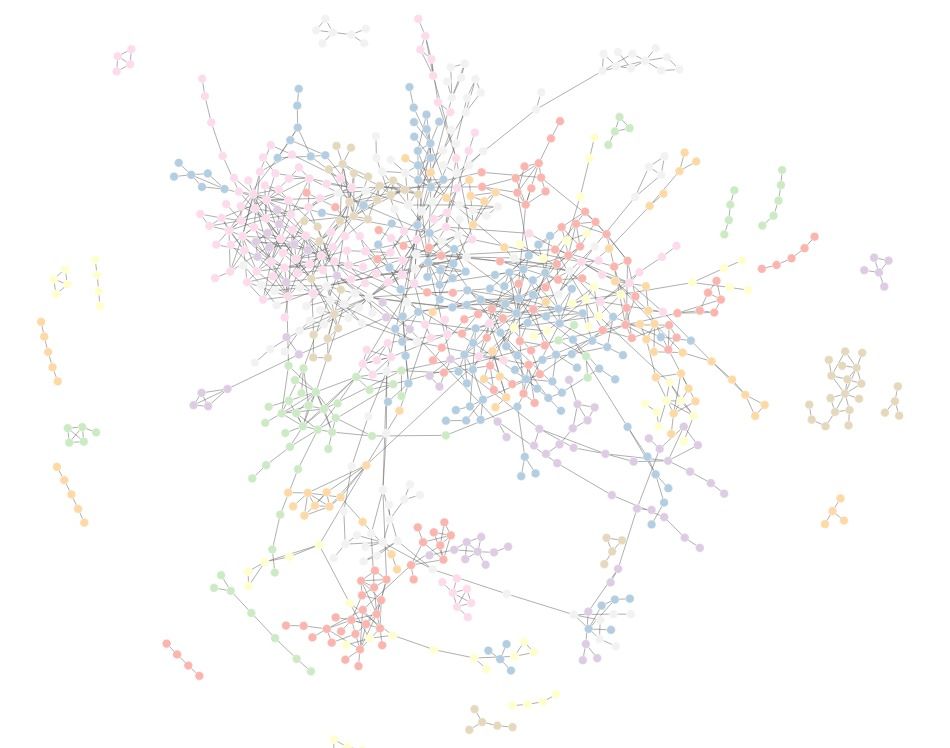
www.nature.com/articles/s41...

"participants reported developing shallower knowledge from LLM summaries even when the results were augmented by...web links" vs. search

"participants reported developing shallower knowledge from LLM summaries even when the results were augmented by...web links" vs. search
Why is cognitive effort experienced as costly?
(or why does it hurt to think)
never written a review paper before in my life, that was a new and unusual experience

Why is cognitive effort experienced as costly?
(or why does it hurt to think)
never written a review paper before in my life, that was a new and unusual experience
Dog domestication is a singular "natural experiment" in brain evolution, one that we're just starting to understand. It's a bit bonkers more neuroscientists aren't working on it.
Just one of the topics discussed in our latest episode, w/ @erinhecht.bsky.social!
Listen: disi.org/of-breeds-an...

Dog domestication is a singular "natural experiment" in brain evolution, one that we're just starting to understand. It's a bit bonkers more neuroscientists aren't working on it.
I argue that collaboration networks act like unequally distributed (and gendered) social capital
aaronclauset.github.io/slides/Claus...




I argue that collaboration networks act like unequally distributed (and gendered) social capital
aaronclauset.github.io/slides/Claus...
In new work led by Valerii Chirkov, we show that payoff selectivity is key in transforming a group of individuals into an intelligent collective 🤝🧠
www.youtube.com/watch?v=xY7n...
Preprint: osf.io/preprints/ps...

In new work led by Valerii Chirkov, we show that payoff selectivity is key in transforming a group of individuals into an intelligent collective 🤝🧠
www.youtube.com/watch?v=xY7n...
Preprint: osf.io/preprints/ps...
Our new review paper on the PSYCHOLOGY OF VIRALITY is now out in @cp-trendscognsci.bsky.social (it was led by @steverathje.bsky.social)
Read the full paper here: www.cell.com/trends/cogni...

Our new review paper on the PSYCHOLOGY OF VIRALITY is now out in @cp-trendscognsci.bsky.social (it was led by @steverathje.bsky.social)
Read the full paper here: www.cell.com/trends/cogni...
I wrote a paper with 4 principles to optimize large scientific collaborations based on the science of cooperation & collective intelligence: osf.io/preprints/ps...
And a substack summary: powerofus.substack.com/p/four-princ...

I wrote a paper with 4 principles to optimize large scientific collaborations based on the science of cooperation & collective intelligence: osf.io/preprints/ps...
And a substack summary: powerofus.substack.com/p/four-princ...
osf.io/preprints/ps...
In a sample of ~2 billion comments, social media discourse becomes more negative over time
Archival and experimental findings suggest this is a byproduct of people trying to differentiate themselves
Led by @hongkai1.bsky.social in his 1st year (!) of his PhD

osf.io/preprints/ps...
In a sample of ~2 billion comments, social media discourse becomes more negative over time
Archival and experimental findings suggest this is a byproduct of people trying to differentiate themselves
Led by @hongkai1.bsky.social in his 1st year (!) of his PhD
@psmaldino.bsky.social @babeheim.bsky.social
@psmaldino.bsky.social @babeheim.bsky.social
“Academia filters most funding, publishing, and hiring decisions through senior insiders, which favors ideas within existing paradigms.”
worksinprogress.co/issue/why-sc...

“Academia filters most funding, publishing, and hiring decisions through senior insiders, which favors ideas within existing paradigms.”
worksinprogress.co/issue/why-sc...
Congrads to Jonathan Marienhagen , Lisa Blum Moyse and Dominik Deffner on this new study. Very happy that I was part of this collaboration.
Preprint here: osf.io/preprints/ps...

Congrads to Jonathan Marienhagen , Lisa Blum Moyse and Dominik Deffner on this new study. Very happy that I was part of this collaboration.
Preprint here: osf.io/preprints/ps...
royalsocietypublishing.org/doi/10.1098/...
We argue that we can think about the start of a new collective ritual as a Stag Hunt Game. But a frequency-independent payoff is needed to get it going. In our case, perceived miracles is such a mechanism!

Honored to have been a part of this awesome interdisciplinary mega-collab led by Christin Schulze (UNSW Sydney)
www.cell.com/trends/cogni...

Honored to have been a part of this awesome interdisciplinary mega-collab led by Christin Schulze (UNSW Sydney)
www.cell.com/trends/cogni...
We analyze authorship order norms from two perspectives: (1) why do disciplines have different norms and (2) do those different norms affect what kinds of collaborations take place.
arxiv.org/abs/2507.07364
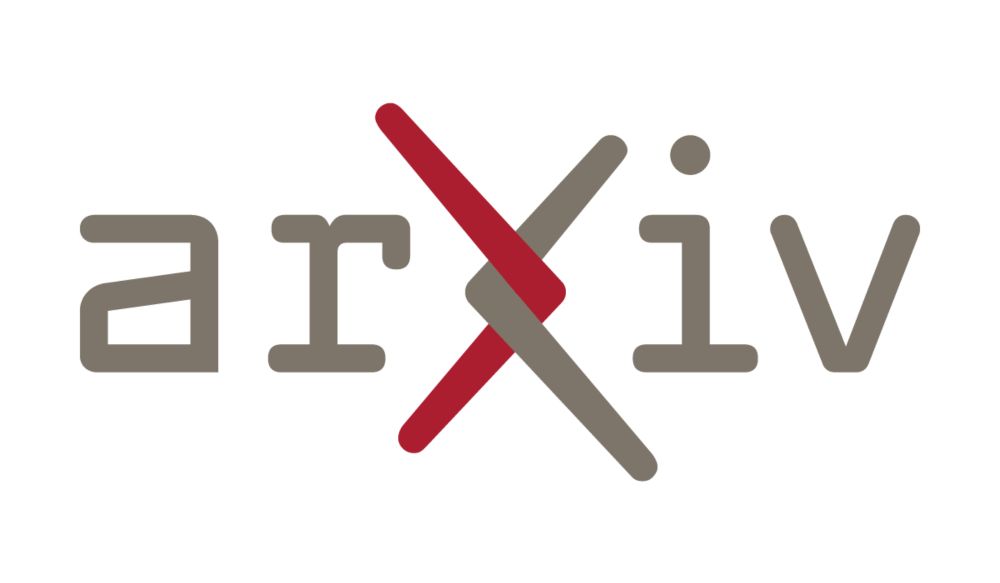
We analyze authorship order norms from two perspectives: (1) why do disciplines have different norms and (2) do those different norms affect what kinds of collaborations take place.
arxiv.org/abs/2507.07364
👉 3x PhD position: hmc-lab.com/ERC_PhDs.html
👉 2yr Postdoc position: hmc-lab.com/ERC_Postdoc....
👉 3x PhD position: hmc-lab.com/ERC_PhDs.html
👉 2yr Postdoc position: hmc-lab.com/ERC_Postdoc....
This is, of course, a horrible idea. Here’s my response with @jbakcoleman.bsky.social .

This is, of course, a horrible idea. Here’s my response with @jbakcoleman.bsky.social .
Hover to see details, zoom to explore more fine-grained topics, click to go to a page. Search by page
name to find interesting starting points for exploration.
lmcinnes.github.io/datamapplot_...
Thread 👇
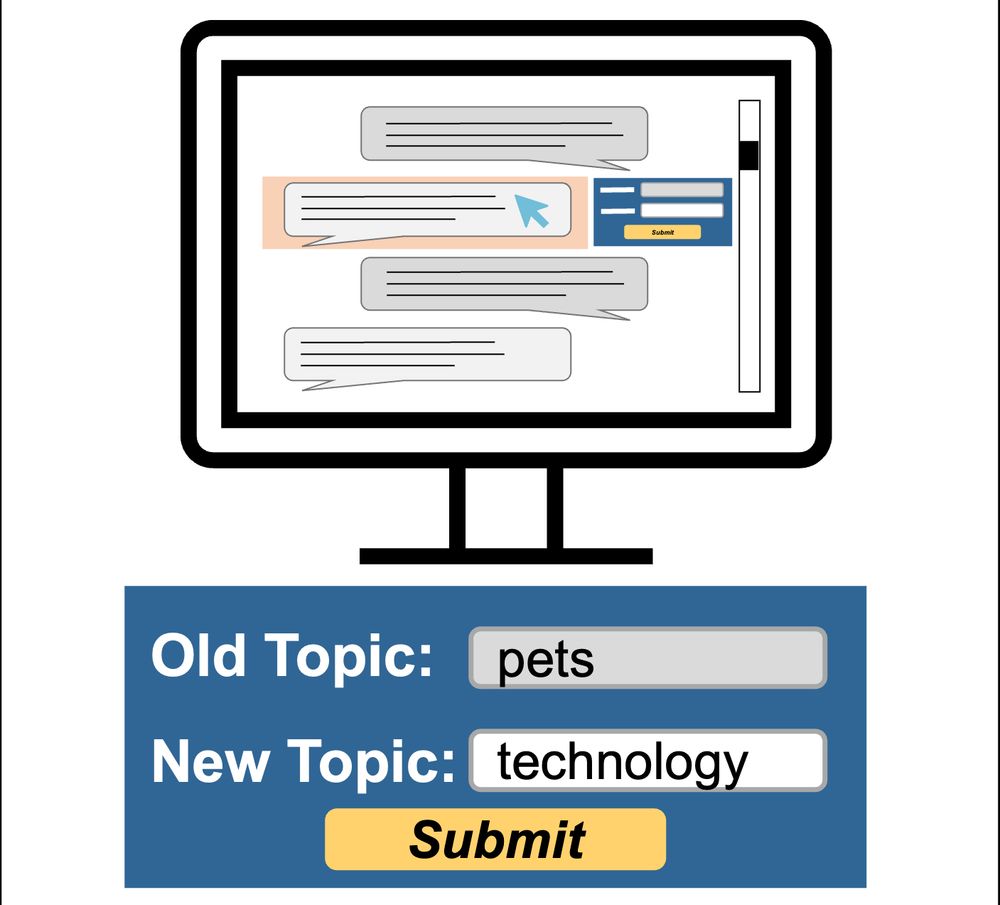
Managing speed-accuracy tradeoffs is an important part of commonsense psychology. But how do we do it in groups, where no single person controls decision speed?
The two teams below need to make a decision — and it probably feels obvious that the green team will take longer.
But why?
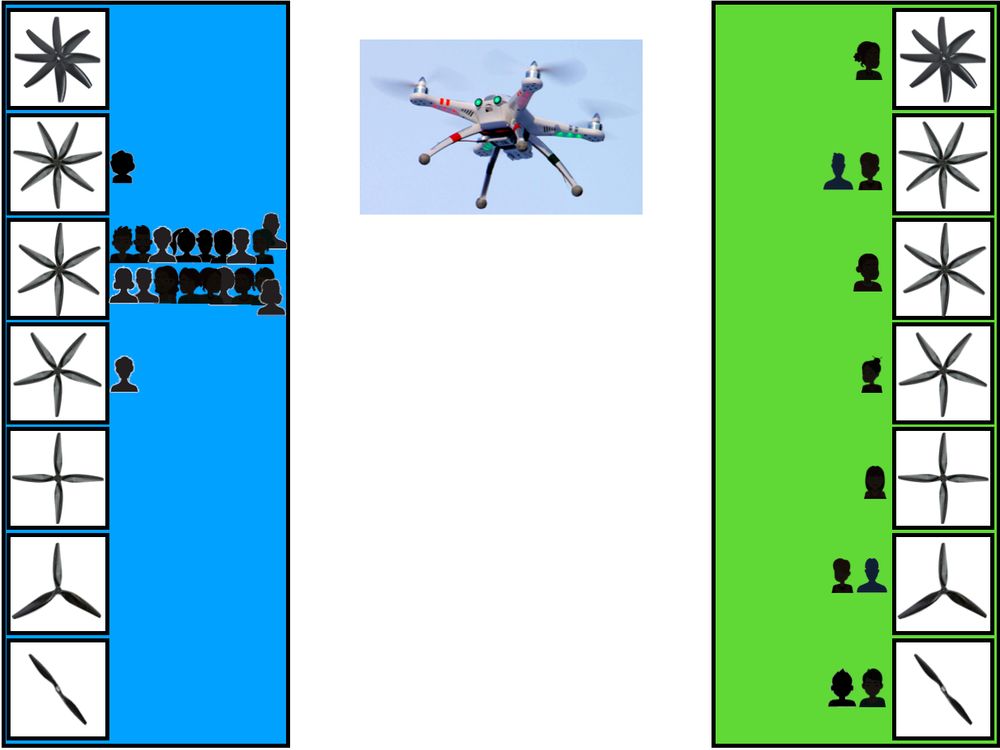
Managing speed-accuracy tradeoffs is an important part of commonsense psychology. But how do we do it in groups, where no single person controls decision speed?
The two teams below need to make a decision — and it probably feels obvious that the green team will take longer.
But why?
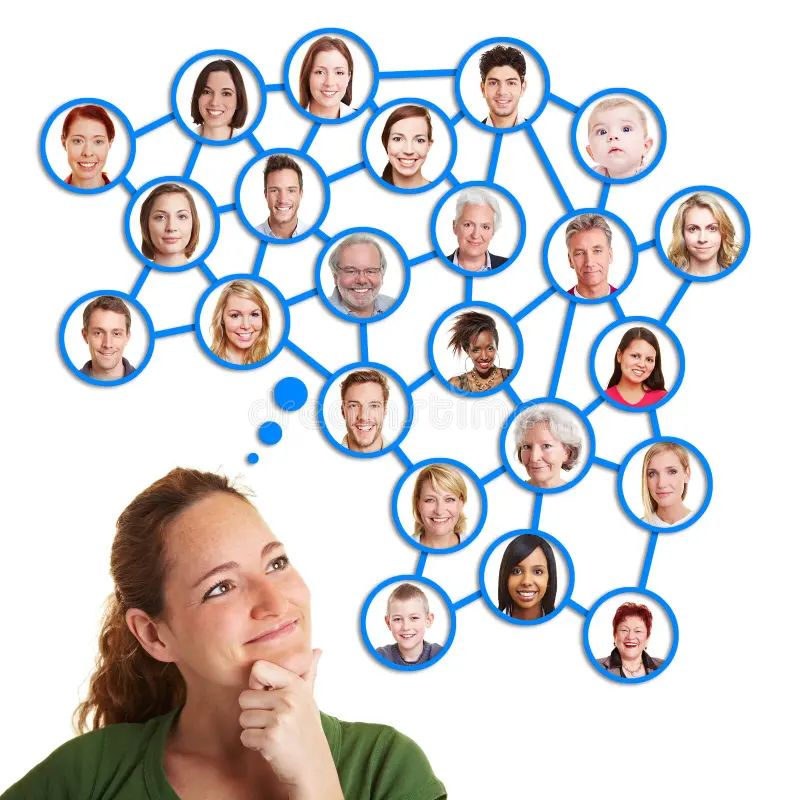
I'm looking for 3 PhDs & 1 Postdoc for my @erc.europa.eu project “C4: Compositional Compression in Cognition and Culture” to study learning across individuals, teams, and cultural timescales
👉 PhD: hmc-lab.com/ERC_PhDs.html
👉 Postdoc: hmc-lab.com/ERC_Postdoc....
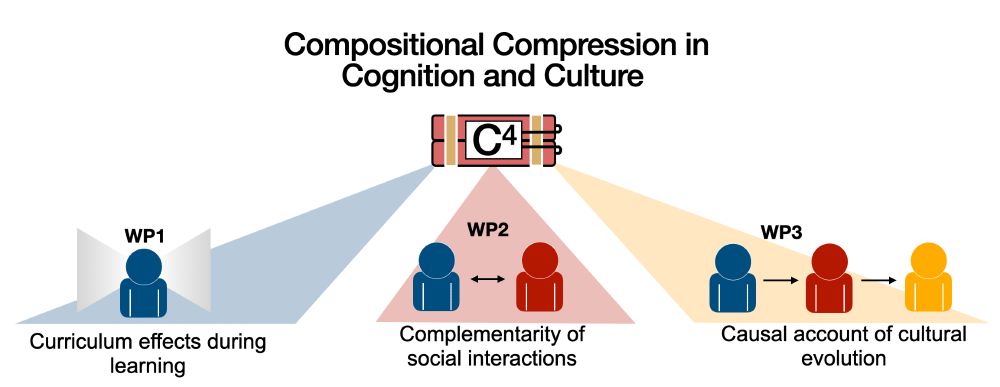
I'm looking for 3 PhDs & 1 Postdoc for my @erc.europa.eu project “C4: Compositional Compression in Cognition and Culture” to study learning across individuals, teams, and cultural timescales
👉 PhD: hmc-lab.com/ERC_PhDs.html
👉 Postdoc: hmc-lab.com/ERC_Postdoc....

